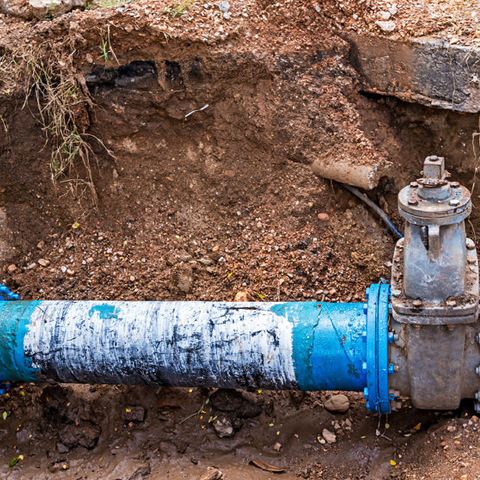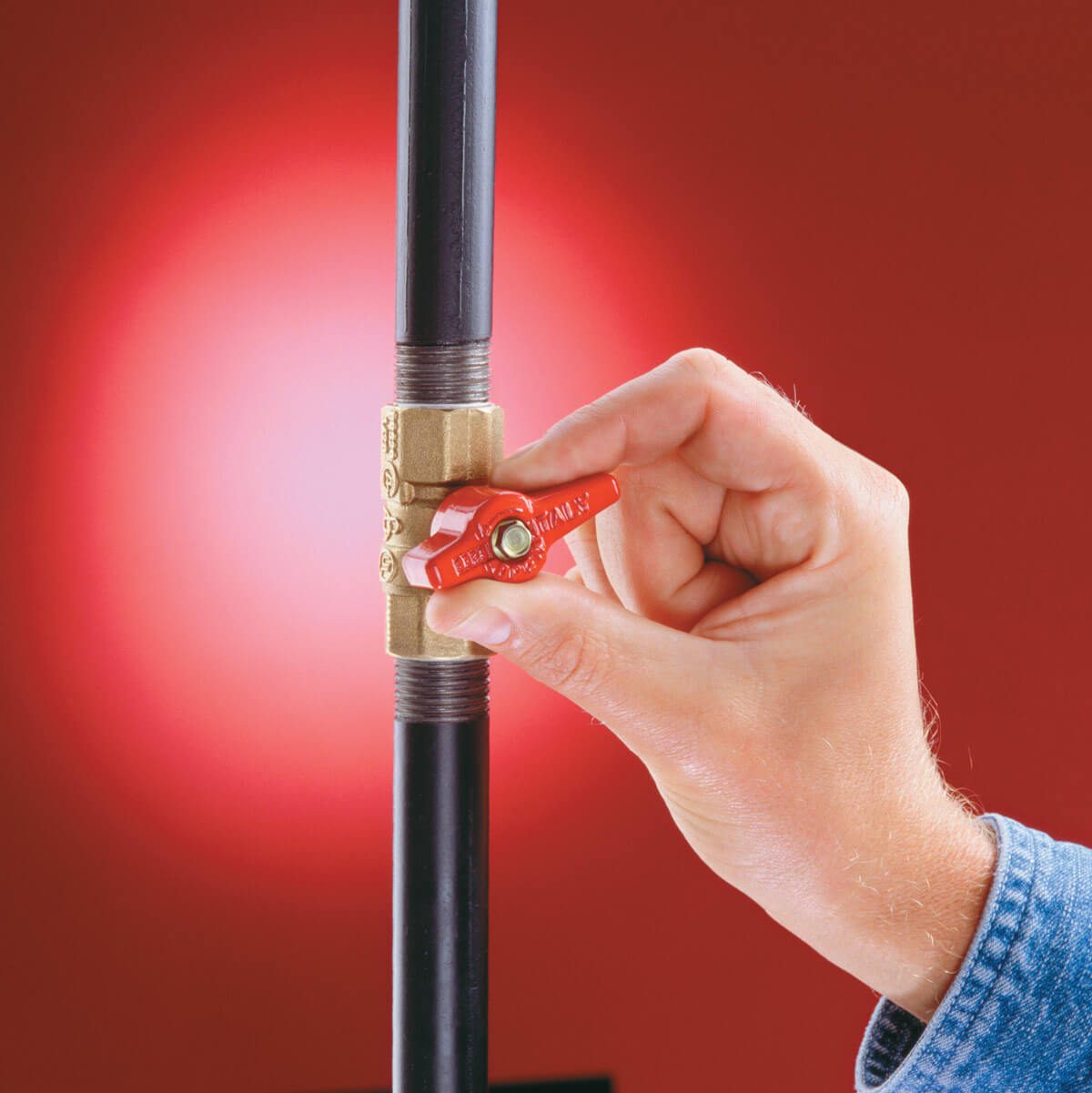Quick-Response Plumbing: Tips for Identifying and also Repairing Burst Pipes
Quick-Response Plumbing: Tips for Identifying and also Repairing Burst Pipes
Blog Article
We've stumbled on this post about How to Prepare for Your Dishwasher Installation down the page on the internet and thought it made sense to share it with you on my blog.

A ruptured pipe is a significant emergency; you can only stand as you see water you pay very much to rejoin with the earth. In worse situations, you discover a swimming pool on your kitchen area floor, which is an excellent trip threat, particularly if you have youngsters around. If the pipe that burst remained in your walls, trouble: you may require to repaint that entire section.
Exactly how can a calamity like a burst pipe be protected against and handled? Well, by listening to your specialist emergency plumbings and complying with these guidelines.
Exactly how do I know when my pipelines have burst?
Changing water pressures
Pipes do not simply burst in a day. You may have noticed that your kitchen area tap or shower does not run quickly when you turn the tap. It may stop for a few seconds and afterwards blast you with more pressure than usual.
In other circumstances, the water may appear normal in the beginning, then decrease in stress after a few secs.
Wet walls and also water stains
Prior to a pipe bursts, it will certainly leak, a lot of times. If this persistent leaking goes undetected, the leak may finish into a large gash in your pipe. One very easy way to avoid this emergency is to keep an eye out for wet walls ad water discolorations. These water stains will certainly lead you right to the leak.
Puddles under pipes and also sinks
When a pipe ruptureds, the outflow develops a pool. It may show up that the puddle is expanding in dimension, as well as despite how many times you mop the pool, in a few mins, there's another one waiting to be cleaned up. Usually, you may not have the ability to map the puddle to any kind of noticeable pipes. This is an indication to call a specialist plumber.
Untraceable dripping sounds
Pipeline bursts can occur in one of the most unpleasant locations, like within concrete, inside wall surfaces, or under sinks. When the house goes quiet, you may have the ability to listen to an annoyingly consistent trickling sound. Even after you've examined your shower head and also kitchen tap, the leaking might continue.
Precious viewers, the trickling might be coming from a pipe inside your wall surfaces. There isn't much you can do concerning that, except tell a professional plumber.
Shut down the Water
When water ices up, it expands in volume by regarding 9 percent. And also it increases with significant force: The pressure inside pipes might go from 40 extra pounds per square inch to 40,000 psi! No pipeline can hold that much pressure, so it breaks open. The break may happen where the ice types, but regularly, it occurs where water pressure finds a weak point in the pipe. That may be inches or perhaps feet from the frozen location. Locate the water shutoff valve and shut off the water to stop more damages. You could also require to shut down the electricity also, relying on where the leaks happens and also how big it is.
Polluted water
Lots of people presume a ruptured pipeline is a one-way outlet. Quite the contrary. As water drains of the hole or wound in your plumbing system, contaminants discover their method.
Your water might be contaminated from the source, so if you can, inspect if your water container has any type of troubles. Nonetheless, if your alcohol consumption water is provided and purified by the local government, you should call your plumber instantly if you see or smell anything funny in your water.
What do I do when I find a burst pipeline?
Your water meter will certainly continue to run even while your water wastes. To lessen your losses, discover the primary controls as well as turn the supply off. The water mains are an above-ground framework beside your building.
How to Fix & Detect a Leaking Pipe
How Do I Know if a Pipe is Leaking?
Leak detection tests can help you determine if your pipe has a leak. Even if you don’t see an apparent leak, you should still conduct leak detection tests regularly to save water and money—and prevent major damage to your home.
Water meter. It can be helpful to figure out what your usual water meter usage numbers are and then monitor them regularly. To monitor your meter, first, turn off all water faucets in your home. Check the meter and write down the numbers. In a few hours, check the meter again. If the numbers have changed, you have a leak. Water gauge. Use a water gauge to test your water pressure. Your showerhead should produce a certain amount of water pressure based on its model and design. If the pressure is lower than it is supposed to be for that specific showerhead, your home likely has a leak. Puddles. Look inside your bathroom, laundry, and kitchen sink cabinets. Puddles around the cabinets or around toilets, tubs, showers, and washing machines indicate the presence of a leaking pipe. You may also notice loose tiles, peeling or flaking paint, or mold caused by water accumulation. Napkin test. Even if you don’t see any puddles, you may still have a leak. You can test for water leaks in the bathroom, laundry, and kitchen by wiping below-sink connections with a napkin, paper towel, or piece of toilet paper. If it becomes damp, you probably have a leaking pipe under the sink. Discolored walls. Walls that are discolored—usually with brown or yellow stains—or bulging might mean that they have been impacted by water damage caused by a leaking pipe. Smell. A leaky pipe will create sitting water, and over time, that water may develop a musty smell. If your home smells musty, but you can’t locate the source, it may be due to a leak. Steps for Fixing a Leaking Pipe
A leaky drain can be remedied by tightening the pipe base, replacing the drain seal, caulking the rim, and tightening the pipe nut. Similarly, a leaking toilet pipe can be treated by tightening the packing nut. You may also need to replace the valve. A leaky faucet may just need tightening or replacement of the washers. If that doesn’t work, consider replacing your faucet. If your pipe has a hole in it, you may want to use a pipe leak sealer or pipe leak tape. This quick fix for water pipe leaks can also temporarily fix a copper pipe leak. https://www.ahs.com/home-matters/quick-tips/how-to-tell-if-pipes-are-leaking/

We had been brought to that write-up on What to Know Before Installing a Dishwasher from a friend on another web page. Enjoyed our piece? Please share it. Help another person find it. We appreciate reading our article about How to Install and Connect a New Dishwasher.
Book Now
Report this page